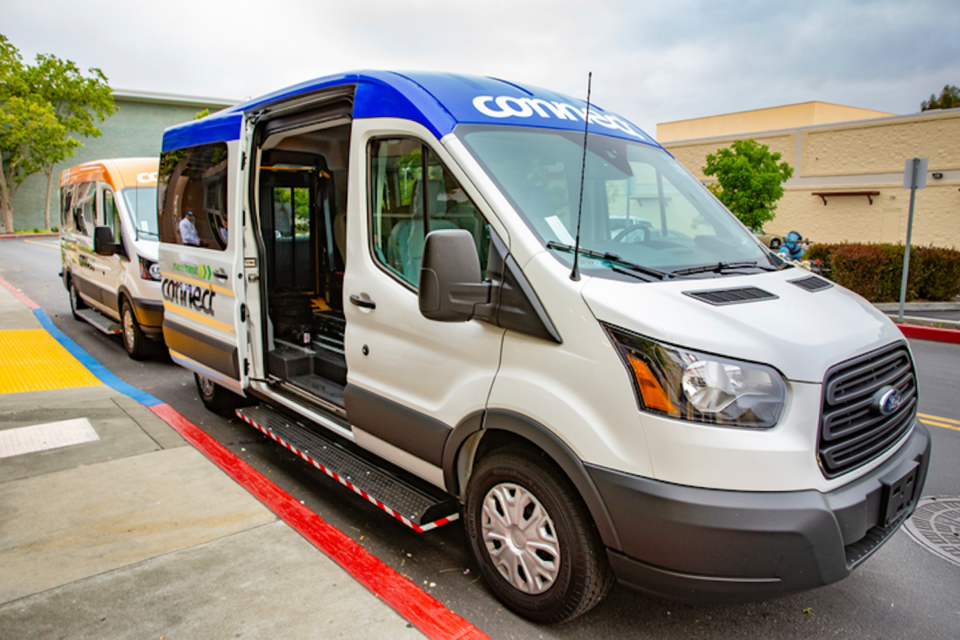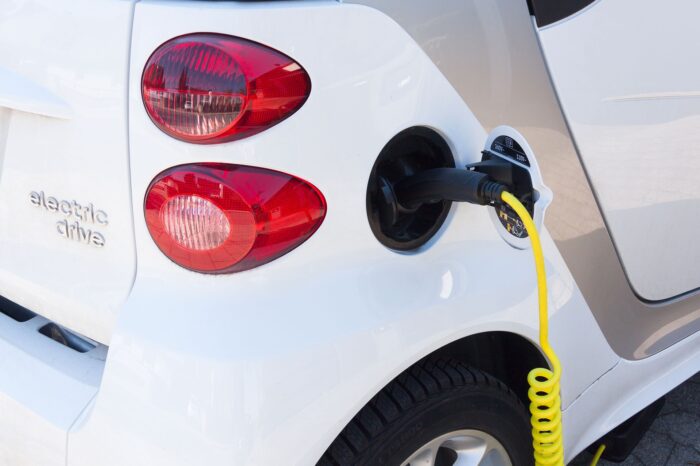Uber Opens Up Software Platform To Public Transit Agencies

Despite the turmoil in the mobility market caused by the ongoing coronavirus pandemic, Uber continues to expand across the transportation space. The ridesharing giant is now offering its platform to public transit agencies, stepping into the Software-as-a-Service arena. To start, the San Francisco-based company will make its software available to cities in Marin County, to the north of S.F.; the SaaS program is aptly named “Marin Connect.”
By paying Uber a flat monthly subscription, Marin Transit and the Transportation Authority of Marin will be able to rely on Uber’s powerful technology stack to run a new pilot program. Beginning July 1st, a pilot of four wheelchair-accessible passenger vans will be available for Marin residents, who can book rides through Uber’s usual app. This partnership is just the beginning, according to the head of Uber Transit, David Reich, who said: “This is not a one-off. This is a new product and a new business. Together we want to make car ownership a thing of the past.”
Launching new product lines should help Uber offset ongoing difficulties with its core ridesharing business. Since the pandemic hit, Uber has cut some 25 percent of its workforce, shut 45 offices and is slowly abandoning many non-core business operations. While the surge in on-demand food delivery has been beneficial for Uber’s bottom line, its recent failed acquisition of Grubhub means the company will need to stay creative to keep growing.
The Marin Connect pilot will see Uber’s software handling ride requests and matching, as well as provide tracking of the local high-occupancy vehicle fleet. The service will operate along the Highway 101 corridor and fares will be $4 per mile or $3 for riders with disabilities. All fares collected will go directly to the Marin Transit Agency; Uber will not be collecting any additional fees or commissions for the service — other than the monthly subscription fee. The service will operate from 6 AM to 7 PM and come with a maximum occupancy of two passengers per vehicle, due to social distancing rules.
While the service is new for Uber, it’s not exactly a wide-open market. Market leader Via already has a solid foothold in the sector — and a $2.25 billion valuation after a Series E funding round in March, meaning this battle is likely to get heated.
Header image courtesy Uber/Marin Tranist






